Basic guide to Miyajima, Hiroshima's leading tourist destination

Miyajima is a tourist attraction that represents Hiroshima. It is counted as one of the three most scenic spots in Japan and is visited by many people every year. It combines natural beauty and cultural value, and you can enjoy beautiful scenery, delicious food, and encounters with deer. It is easily accessible from Hiroshima city by ferry or high-speed boat. Here we will introduce must-see spots that you should definitely visit when visiting Miyajima, including Itsukushima Shrine, which is famo...
-
Table of contents
- First, visit Itsukushima Shrine, the symbol of the island floating in the Seto Inland Sea.
- Natural monuments too! Misen
- Enjoy nature in all four seasons! Momijidani Park
- The entire Seto Inland Sea! Miyajima Aquarium
- Must eat! Miyajima gourmet
- Historical Miyajima souvenirs
First, visit Itsukushima Shrine, the symbol of the island floating in the Seto Inland Sea.

Itsukushima Shrine was registered as a World Heritage Site in 1996. The shrine building, built by Taira no Kiyomori, is one of Japan's most famous shrines, with a unique layout that uses the sea as its site, and a Heian period Shinden-zukuri style. 200m offshore from the precincts, there is a large torii gate, a symbol of Miyajima, which stands approximately 16m in height and stands under its own weight, and when the tide goes out, you can walk right to the bottom. The vermilion-lacquered shrine buildings are connected by a corridor above the sea, and when the tide is high, they appear to be floating on the sea, creating a unique worldview.

Hotels near Itsukushima shrine
Natural monuments too! Misen

Mt. Misen is the main peak of Miyajima with an altitude of 535m. The beauty of the natural forest, the varied landscape dotted with giant rocks, and from the observation deck at the top of the mountain, you can see the beauty of the Seto Inland Sea archipelago with its distinctive oyster rafts, and even the Shikoku Mountains in the distance. . The Seiyama Primeval Forest, which is a mix of coniferous forests and southern plants, and where primitive plants remain in their natural state, is designated as a national natural monument and is part of the World Heritage Site.


Enjoy nature in all four seasons! Momijidani Park

It is a park that stretches along the Momijidani River in the valley at the foot of Mt. Misen, with about 700 autumn leaves trees. It is said that the area was developed during the Edo period and began when maple saplings were planted there. The beautiful garden was created by a local gardener from Hiroshima, and the stones are used in their natural form without damaging local materials. Furthermore, no trees were cut down, and the concrete surface was wrapped with field stones to prevent it from coming in contact with the eyes, giving consideration not only to safety but also to the natural environment. You can enjoy nature that changes with the seasons, with cherry blossoms in spring, fresh greenery in summer, and autumn leaves in autumn.

Hotels near Momijidani Park
The entire Seto Inland Sea! Miyajima Aquarium

Miyajima Aquarium (nicknamed Miyaji Marine) is one of the largest aquariums in the Chugoku region, exhibiting over 13,000 exhibits from 350 species, including the iconic finless porpoise and other creatures from the Seto Inland Sea. Based on the basic principles of "healing" and "interaction," this is a participatory and hands-on aquarium where you can get closer to sea creatures. The museum is full of highlights, including ``Megumi of the Sea,'' which recreates an oyster raft floating in the sea, ``Healing Sea,'' the largest in Miyajima Aquarium, and ``Fureai no Iso,'' where you can touch the sea creatures directly.


Must eat! Miyajima gourmet

When you visit Miyajima, you must try ``conger eel rice'' and ``oysters.'' The conger eel caught in Ono Seto, which faces Miyajima, has an exceptional flavor and tenderness. ``Conger eel rice'', which brings out the flavor of the fatty conger eel, is known as a specialty of Miyajima. Like conger eel, oysters are farmed in Ono Seto and are a masterpiece in terms of aroma, taste, and texture. It is rich in the flavor and minerals of the ocean, and the moment you put it in your mouth, the unique flavor spreads through your mouth. Let's fully enjoy the blessings of the sea nurtured by the Seto Inland Sea.

Historical Miyajima souvenirs

When it comes to Miyajima souvenirs, it's definitely Momiji Manju. Momiji Manju was created in 1906. It is said that the wife of Iwaso, an inn in Miyajima, commissioned confectionery artisan Tsunesuke Takatsu to make it. In addition to strained bean paste and tsubu bean paste, you can enjoy a wide variety of flavors, from the now standard chocolate, custard, matcha, and cheese to unique and unique varieties devised by each shop. There are many shops that are only available on the island, so why not find your favorite Momiji Manju and take it as a souvenir?
Along with momiji manju, ``ladles'' are a representative Miyajima souvenir, and are a traditional craft with a history of over 200 years, and are popular not only as practical items but also as lucky souvenirs. The reason it became famous as a lucky charm is said to have come from the phrase ``bringing happiness.'' Be sure to buy some for your family and friends, or even for yourself.

Hiroshima Prefecture is not just about the world heritage sites of Miyajima and the Atomic Bomb Dome. Hiroshima is full of delicious food! Okonomiyaki, which is synonymous with Hiroshima, fresh seafood such as oysters, octopus, sea bream, and conger eel, Onomichi ramen, which is now nationwide, Hiroshima beef, which is highly regarded for its high meat quality, handmade soba, lemons and oranges, which are the largest producers in Japan.・Abundant food resources such as grapes are unique to Hiroshima. Many events unique to the region are also held, such as the sea festival, kagura, and Mibu flower rice planting. Cycling, trekking, skiing and snowboarding on the Shimanami Kaido will keep you active. Miyajima, which is registered as a World Heritage Site, and the Atomic Bomb Dome are not the only attractions, and there are many ways to enjoy it.
The contents on this page may partially contain automatic translation.





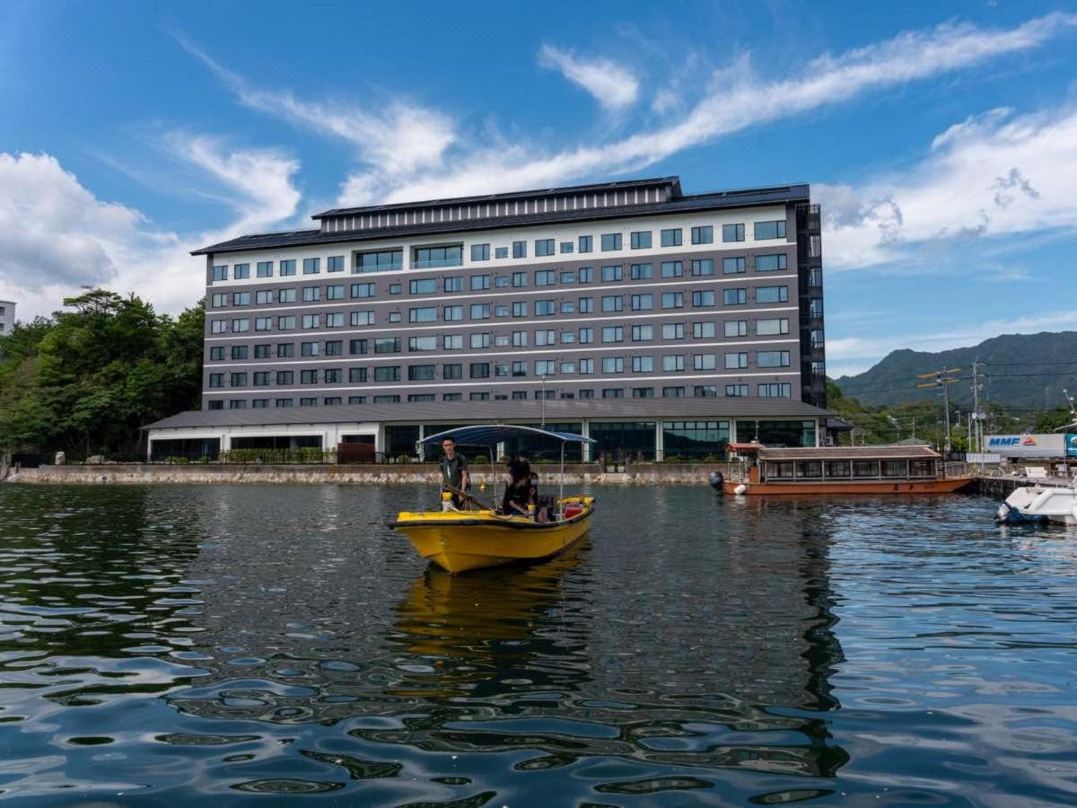
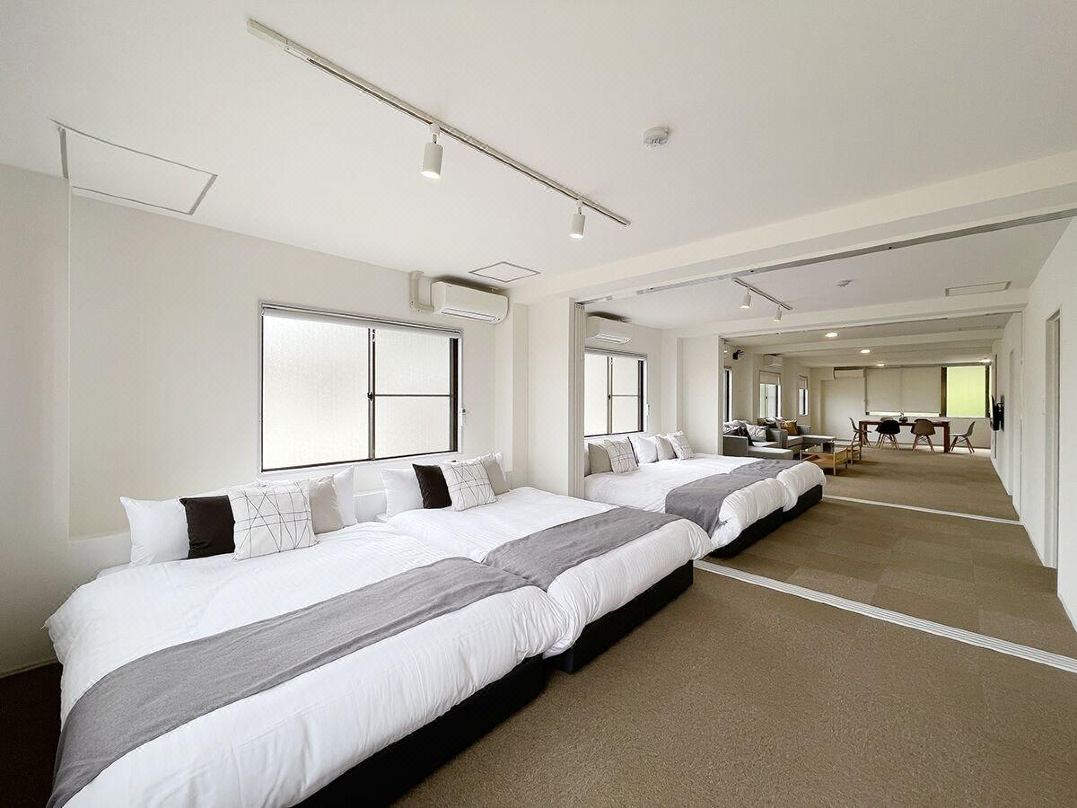

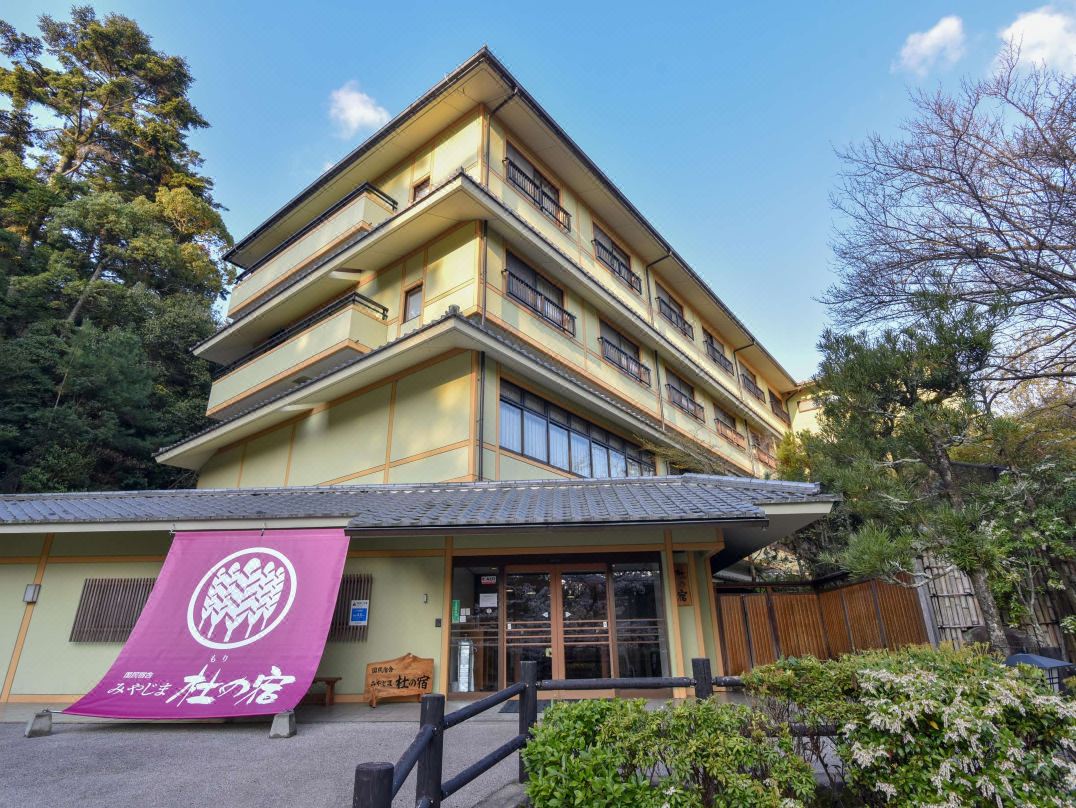




![[2025 Latest] How to get from Osaka to Hiroshima quickly and cheaply? How to get there by Shinkansen, bus, and car](https://resources.matcha-jp.com/resize/720x2000/2024/05/16-180184.webp)
























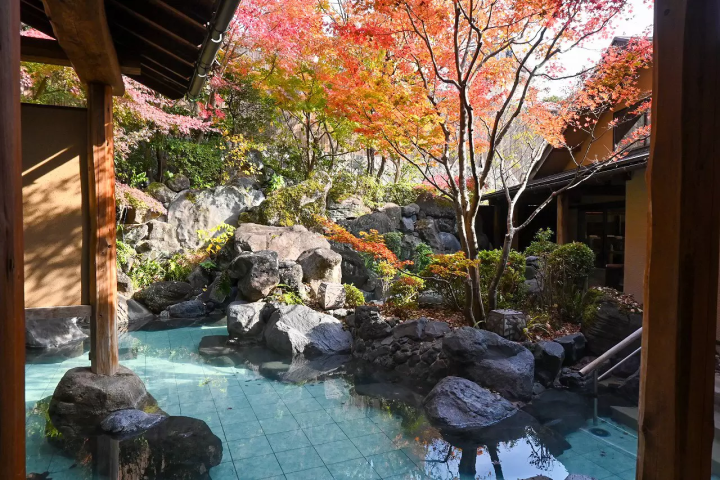
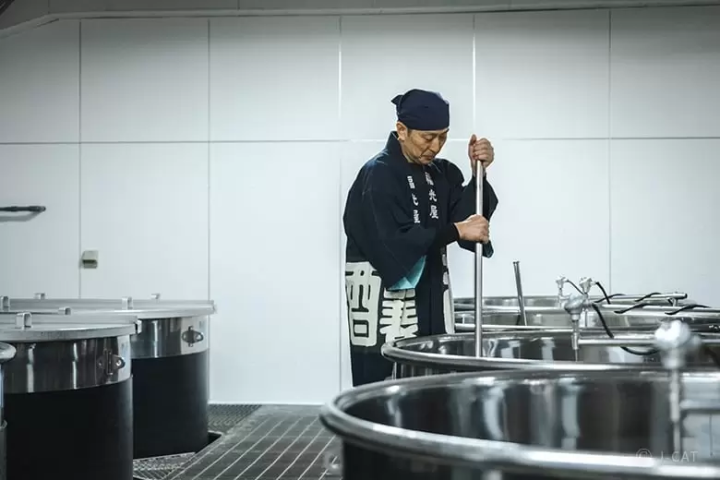
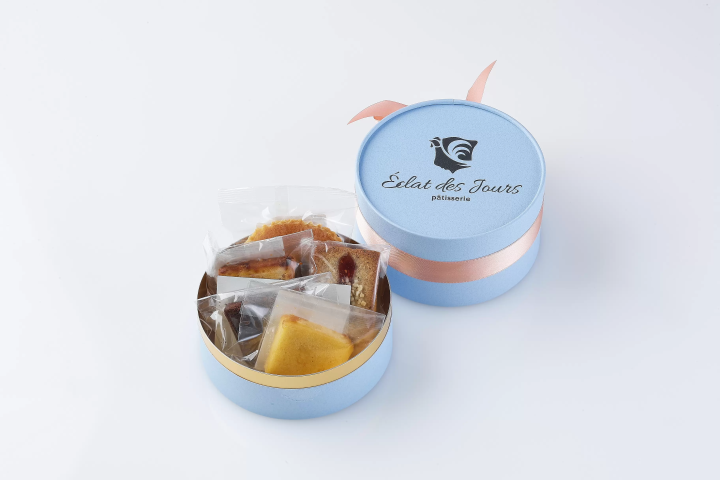
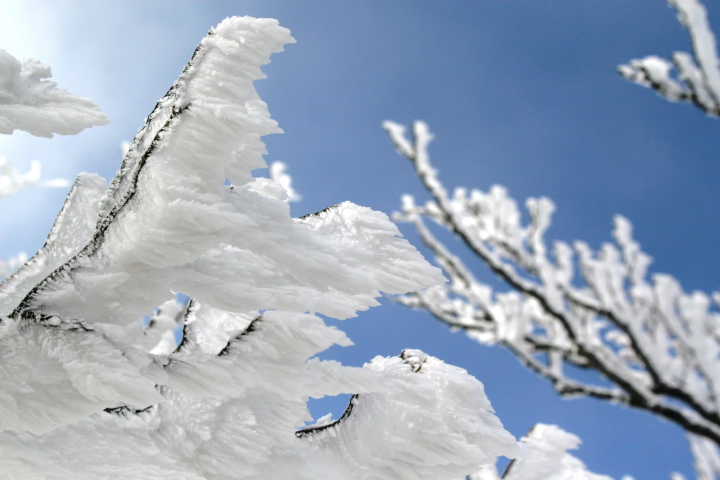
![[Latest] Complete Guide to atmos Exclusive Sneakers and Special Edition Models | Apparel and Upcoming Releases](https://resources.matcha-jp.com/resize/720x2000/2025/12/12-252706.webp)